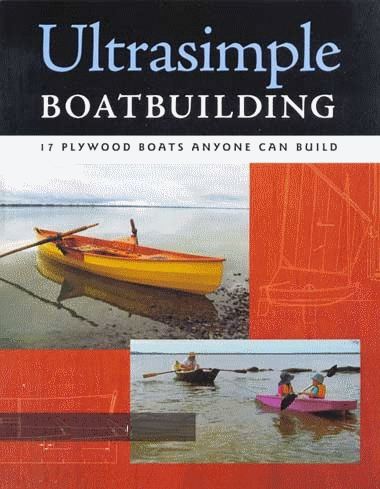In 1895, Larry Huntington, a twenty eight year old boatbuilder out of New Rochelle, New York, would enter his simple, crude-looking scow Question, in the trials for the U.S. contender to race Britain in the first competition for the Seawanhaka Cup . Although Huntington didnt win (W.P. Stephens in his conventional centerboard design Ethelwynn would win the trials and then successfully defeat Englishman William Brand racing another heavier, conventional centerboarder, Spruce IV to secure the first Cup win for the U.S.), Huntington demonstrated, during the 1895 season and during the Seawanhaka trials, that the scow was dominant in any breeze. Huntington re-emphasized what Thomas Clapham had proved five years earlier with his Bouncer, the scow was an ingenious rule-beater racing under a Seawanhaka Rule that penalized waterline length.
In a controversial move, Larry Huntington, with his brother Lev steering, shadow raced Question against Ethelwynn and Spruce IV in race four of the Seawanhaka Cup. There was a good breeze and Question handily out-distanced both of the actual competitors in the cup. W.P Stephens, with some justification, later complained about this stunt in Forest and Stream but the die had been cast. Observers at the Seawanhaka Cup, including the Royal St. Lawrence Y.C., took note and the next year all the top contenders had scow types including U.S designer Clinton Crane and the Canadian design, engineering, and sailing genius, Herrick Duggan. Herrick Duggan, representing the Montreal club, Royal St. Lawrence Y.C., would come to dominate the cup competition in his scow designs over the next six years.
Larry Huntington would continue to design a series of well regarded scows for the Seawanahaka Cup competition both for him and his brother, and for other customers, though none of his designs were able to win the trials to represent the U.S. in the Cup competition.
Not surprisingly, in todays yachting history, Larry Huntington is best known, not for his scows, but for designing and building the offshore keelboat, Tamerlane, to win the first Bermuda race in 1906 (he designed and built two out of the three original competitors in 1906, the other Huntington design being Gauntlet).
A photo of Larry Huntington from Yachting magazine.

The half-rater Question as sketched by C.G. Davis. By 1905 Question had been converted to a motorboat with a boxy cabin-top (top right of sketch).

Larry Huntington estimated his cost for getting the simple chined Question built and in the water at $245 (he charged his labor at normal shipwright wages). The Rudder magazine figured this was 1/6 the cost of the other Cup racers.

Paprika was Larry Huntingtons refined scow design as a follow-on from Question. Built for the 1896 Seawanhaka Cup trials, the hull was round-bilged

Below are the lines to the mysterious American scow, Maika Maili, that was imported into New Zealand in the mid 1890s and formed the basis for the New Zealand famous Patiki class. There is a very strong resemblance to Huntingtons Paprika design but, at the present time, I can find no confirmation that Huntington exported one of his scows to New Zealand

